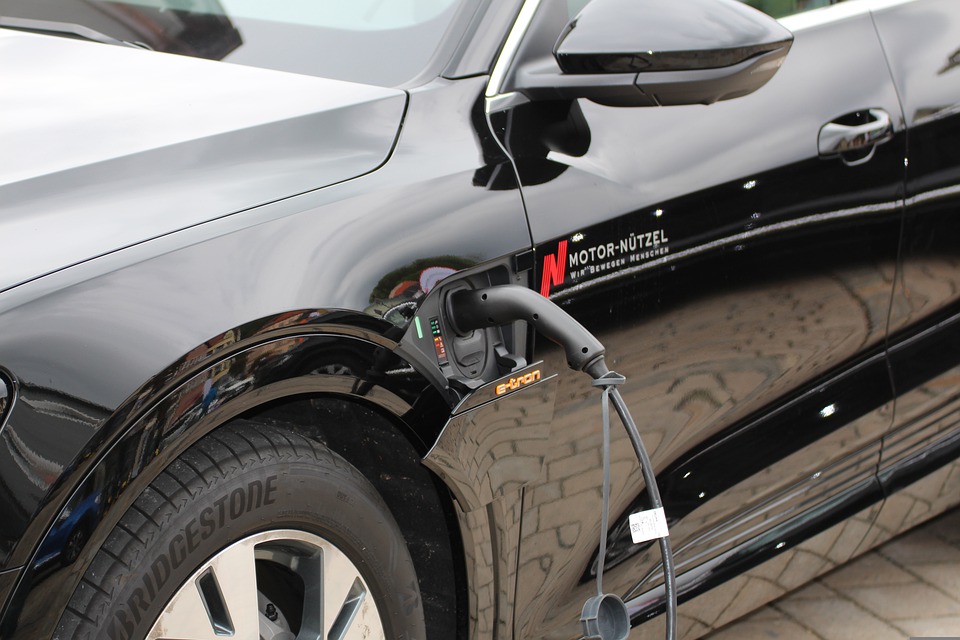How does an E-vehicle work?
An electric vehicle also called an EV, is a type of automobile that uses electricity as its only source of energy. The term plug-in hybrid drive EV refers to a hybrid vehicle with both a gasoline engine and an electric motor. The electric vehicle is a type of vehicle that uses electricity as the power source. This type of vehicle does not use fossil fuel and the only emission it produces is water vapor.
The most common type of electric cars are ones that use rechargeable batteries to store energy from the electric grid or solar cells, which are called plug-in hybrid vehicles. Electric vehicles can also be charged by using a direct current (DC) charger, which plugs into an outlet in your garage or driveway. The car's battery can be charged up to 80% capacity in about 15 minutes with this method.
An electric vehicle (E-vehicle) is an alternative to a vehicle that uses a traditional fuel, such as gasoline or diesel. The electricity used to power the E-vehicle can come from a variety of sources, including coal, nuclear power, solar energy, and wind turbines. The way an E-vehicle work is that it stores electricity in its batteries. When you want to drive your car, you plug it into an outlet and charge the battery. When you're ready to use your car again, you unplug it and drive away.


